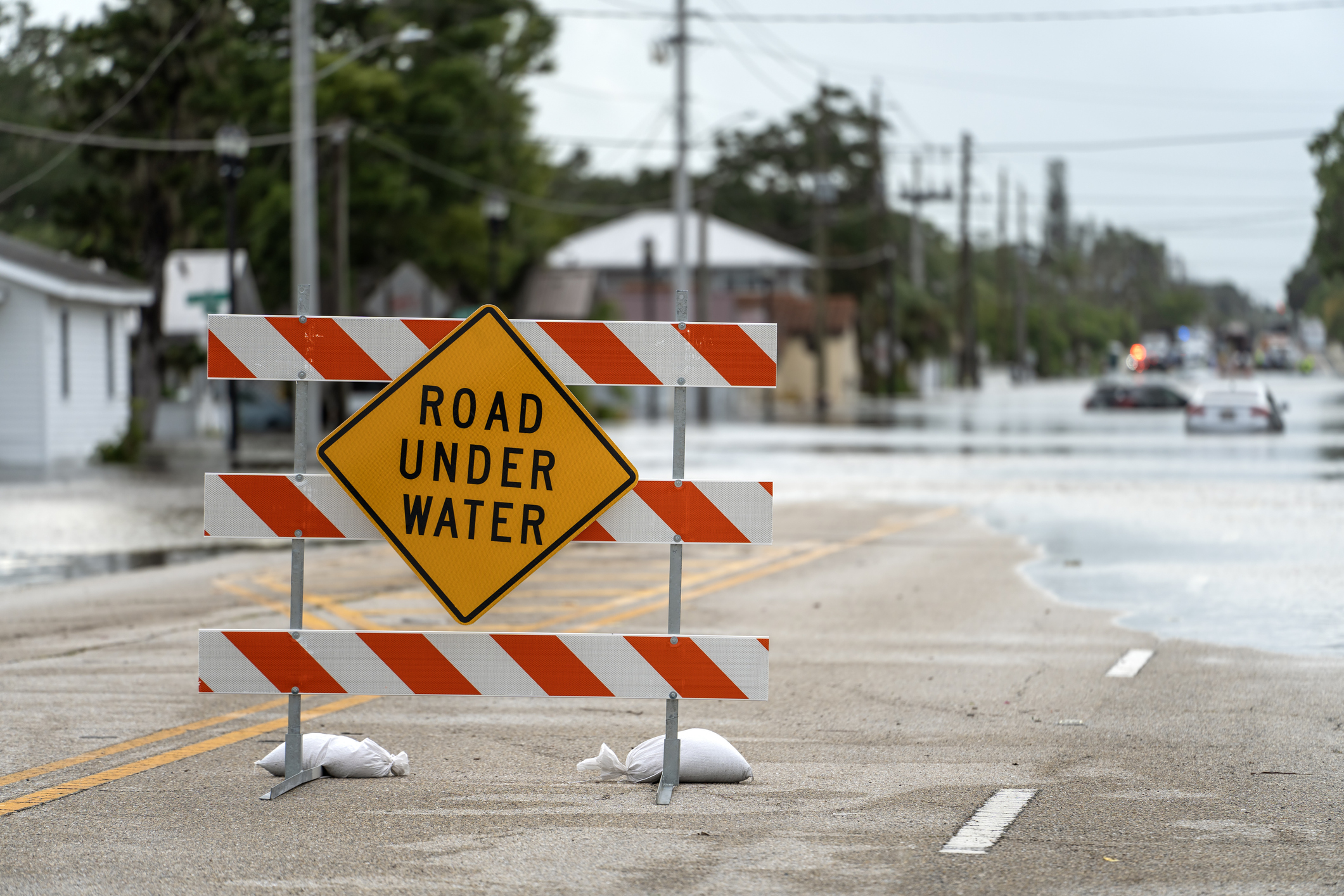Key Findings
- Removing the four Lower Snake River dams would increase the cost of electricity in Washington state.
- The Snake River dams provide some of the lowest-cost electricity in the Columbia-Snake River system, even accounting for the costs to protect salmon.
- The Northwest is facing a shortage of electricity in upcoming years and destroying the dams would worsen that shortage.
- Although they don’t store energy like other dams on the Columbia River, the Snake River dams can adjust the flow over several hours, providing reliable energy when wind and solar power are not available.
Introduction
As Washington state policymakers seek to transition to an electricity system of 100 percent CO2-free energy, there is a problem for those who are pushing to destroy the four Lower Snake River (LSR) dams. The amount of reliable, low-CO2 energy produced by the dams is greater than all the wind and solar energy produced in Washington state combined. As a result, those who want to destroy the dams are now claiming the electricity from these dams is not as useful for meeting the carbon-free goal as it appears.
For example Michael Peterson, who has produced an anti-Snake River dams movie, claimed, “If we took those dams out, we would not need to replace the electricity and we would all save money…” Nobody who has researched the issue believes this, but the attitude is emblematic of the desperate attempts by some to minimize the clean-energy value of the dams.
One of those who disagrees with Peterson, but argues the electricity is overvalued, is Daniel Malarkey of the Sightline Institute. He recently published a piece on the dams claiming the “Snake River dams’ hydropower is no longer particularly cheap.”
Daniel and I agree on a number of things, but his analysis of the dams leaves out a great deal of essential information and relies on speculation to make his math work.
The reliable, low cost of electricity from the Snake River dams
Daniel’s basic argument is that the cost of electricity from the dams is now relatively expensive. He argues the cost of electricity over the next 30 years will average $27 per megawatt hour (MWh), which is high for the regional market. He adds, “Given the uncertainty about the future, actual costs of power from the dams could range from $22 to $33 per megawatt-hour.” The Bonneville Power Administration’s (BPA) numbers, however, suggest this estimate is much too high.
A BPA study from September 2019 notes that the cost of generation, excluding fish and wildlife charges, from the Snake River Ice Harbor and Lower Granite dams is about $14 per MWh, while the cost for the other two dams, Little Goose and Lower Monumental, is even lower, at $10 per MWh. The analysis also shows the cost of generation for the four dams is lower than most of the other projects in the Federal Columbia River Power System.
Using the most recent data for production from the dams and adding the $90 million in costs that Daniel claims BPA is ignoring, the cost per MWh hour comes to $23, at the lowest end of his estimated price range, and 15 percent lower than his average estimate.
It is important to note that the numbers Daniel uses in the Sightline piece are speculative and are disputed. My purpose here is simply to show that even assuming the additional costs for fish and wildlife and overhead are correct, the cost estimate provided in the Sightline study is exaggerated.
An analysis by the Northwest Energy Coalition, which wants to destroy the dams, confirms the dams provide low-cost energy. Their analysis, cited in the Sightline piece, notes that replacing the electricity from the four Lower Snake River (LSR) dams would cost consumers an additional $464 million every year.
Even this estimate is low because their projection only covers 86 percent of the electricity. If the cost for the additional 14 percent is the same, that would push the annual cost to nearly $540 million a year. Replacing the electricity produced by the dams would be very expensive.



